
Wildfire and Your Landscape: What you Need to Know
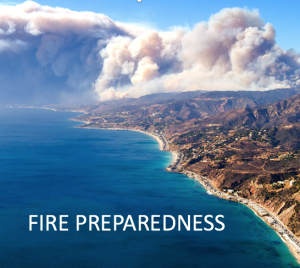
Contributor
FIRE PREPAREDNESS ARTICLES & RESOURCES:
01. Pacific Horticulture | Sustainable Defensible Space
The 2020 California wildfire season has caused historic losses of life, property, and wildlands. Southern California, one of the most fire-prone environments in the world, has more homes and area burned per decade than any other region in the United States. As wildfires are part of the ecosystem, it’s of utmost importance we prepare our homes and property for this threat.
02. Pacific Horticulture | Restore Forests and Coexist with Wildfire
Until very recently, wildfire was not a landscape professional’s concern. Several factors have combined to make it one today. Homes in wild places like forests and mountains are increasingly popular and feasible. Population growth is pushing development into new lands, some covered with “fire-adapted” vegetation that requires periodic burning to reproduce or compete with other species. Flight from cities perceived as dangerous and suburbs perceived as boring has motivated a new back-to-nature exodus. Instant communication, telecommuting, and four-wheel drive allow living comfortably in the wilds.
03. Episode IV: Questioning Current Wildfire Wisdom with Kim Sorvig – Pacific Horticulture
We hear a somewhat controversial perspective on managing fire risk around homes and properties. We discuss a compelling solution: transitional landscape from human habitation to transitional spaces and then into forest.
Our guest, Kim Sorvig, is a research associate professor at the University of New Mexico and a George Pearl fellow, which is an honor given to professionals whose work encourages discourse and positive change in architecture, planning, and historic preservation.
04. Pacific Horticulture | Sustainable Defensible Space & Resilient Landscapes
The western United States has experienced an unprecedented year of wildfires and drought in 2021. In California, we have been adapting our gardens for our summer-dry mediterranean climate, but with climate change projections, we will have longer periods of extended drought coupled with intense periods of rain in addition to increased wildfire activity. Many places that have typically not been impacted by severe or prolonged drought and wildfire have been affected, such as the Pacific Northwest.
05. Restoring Fire: Prescribed Burn at Quamash Prairie Reconnects Land, Culture, and Habitat, Metro News. January 2, 2020.
Since time immemorial until the arrival of white colonists, fires regularly burned the area that became greater Portland. Lightning-made fires would spark up in overgrown places, clearing out excess fuel like dead bushes and down branches over a few acres.
The region’s Indigenous people used fire extensively. Tribes, bands and families burned prairies to harvest tarweed seeds and woodlands to gather acorns, shaping and molding the ecosystem to favor habitats and plants that sustained their diverse societies and cultures. Sustained – and still sustain.
06. Episode XIII: Your Pocket Meadow & A Decade of Restoration with Nancy Shackelford
With Dr. Nancy Shackelford, Restoration Futures Lab director, and assistant professor of environmental studies at the University of Victoria British Columbia.
“In this context, restoration has a lot of meanings. One of those meanings is yes, trying to support the plant species, but it’s also trying to rebuild and support those relationships with people and the practices and the traditions and the histories and the cultures that really existed with those ecosystems. And so in this context, restoration really has a very strong human-nature combination and combined values.” Dr. Nancy Shackelford
Share:
Social Media
Garden Futurist Podcast
Most Popular
Videos
Topics
Related Posts
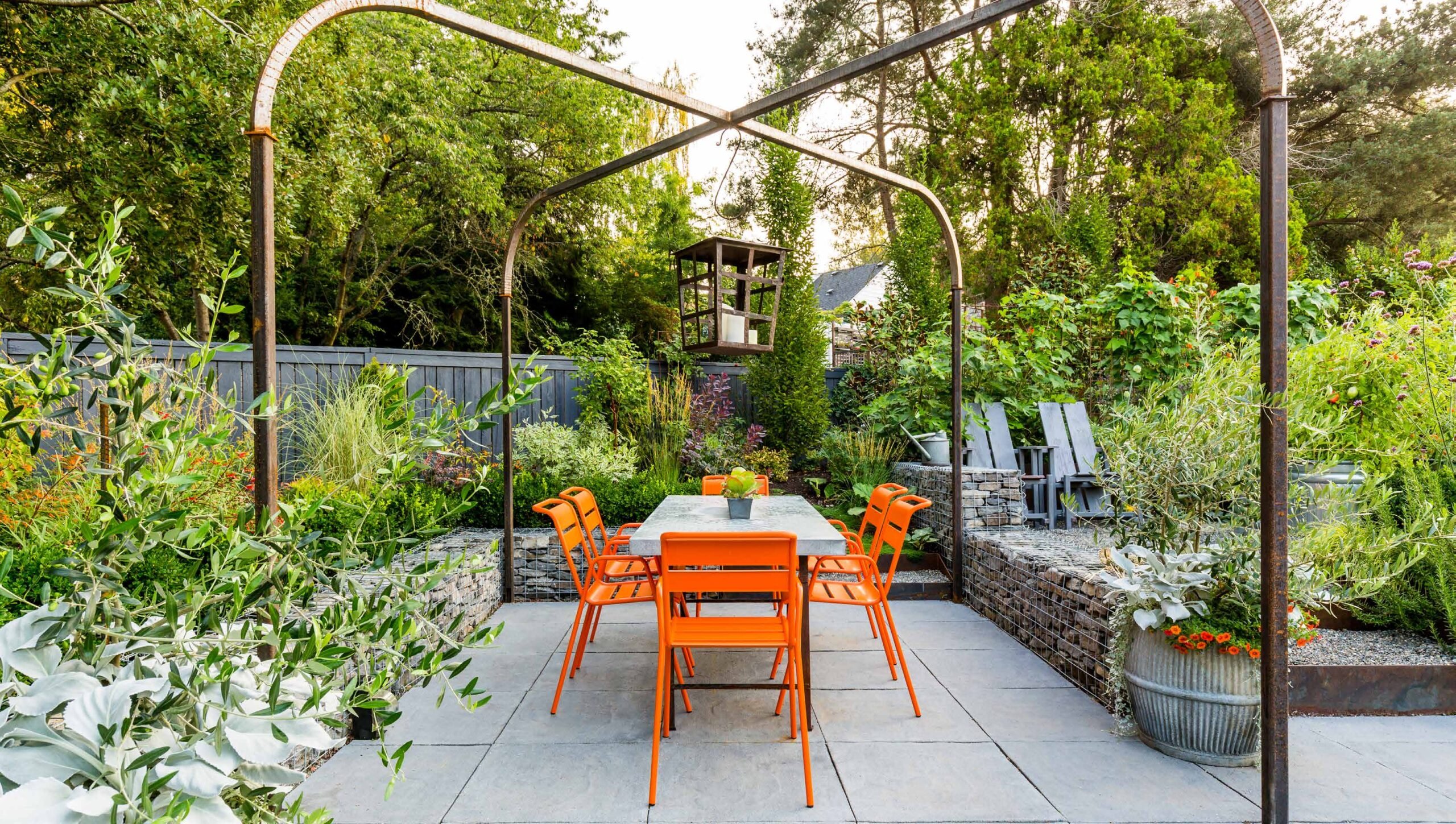
Design Futurist Award Announced: Committee Shares Vision
March 8, 2023 At Pacific Horticulture, we believe that beauty can be defined not only by gorgeous plants and design, but also by how gardens
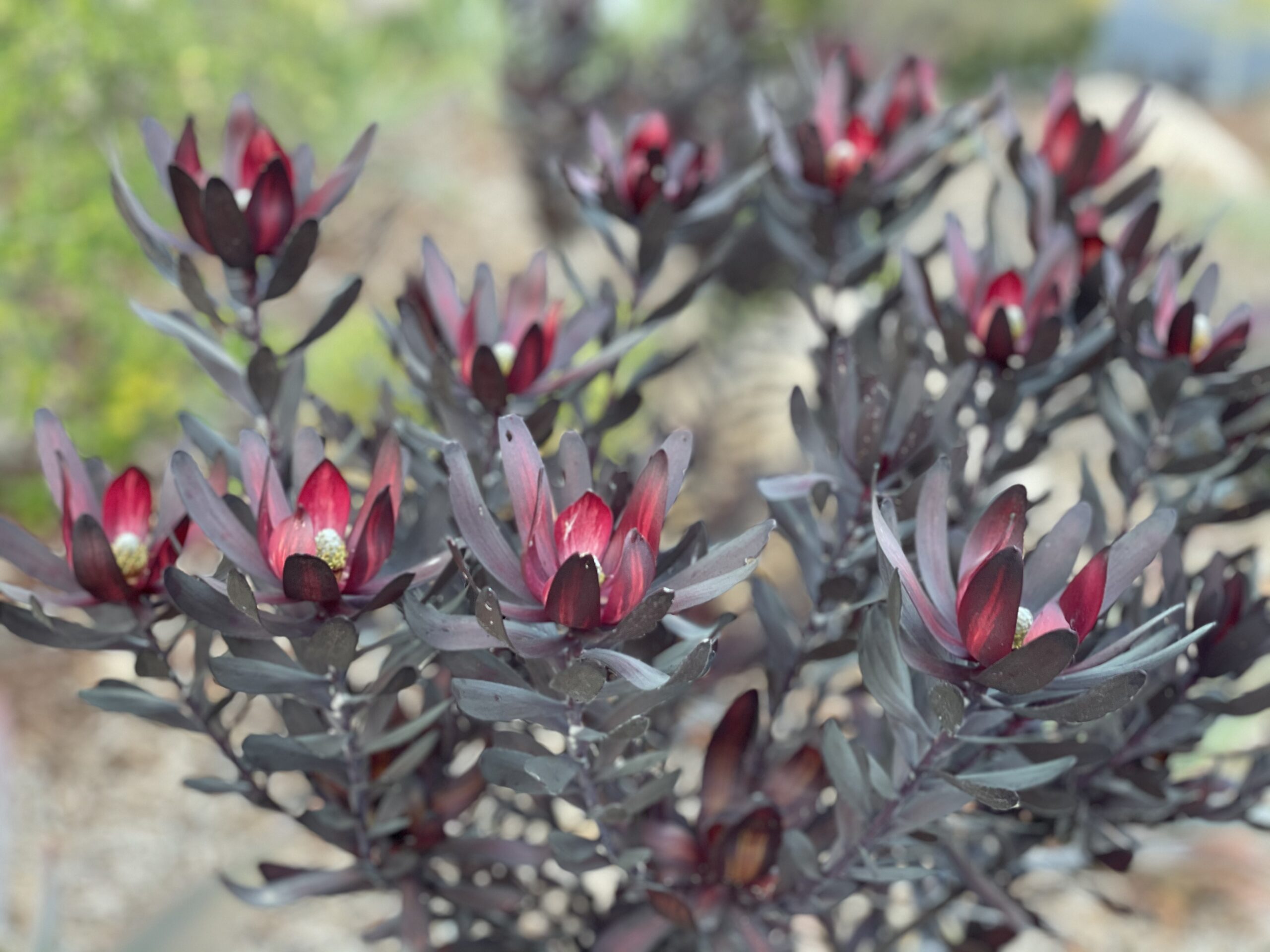
Expand Your Palette: Waterwise Plants for your Landscape
There’s nothing more thrilling to plant lovers than discovering new plants to test in the garden. Here in the southernmost corner of California, we have
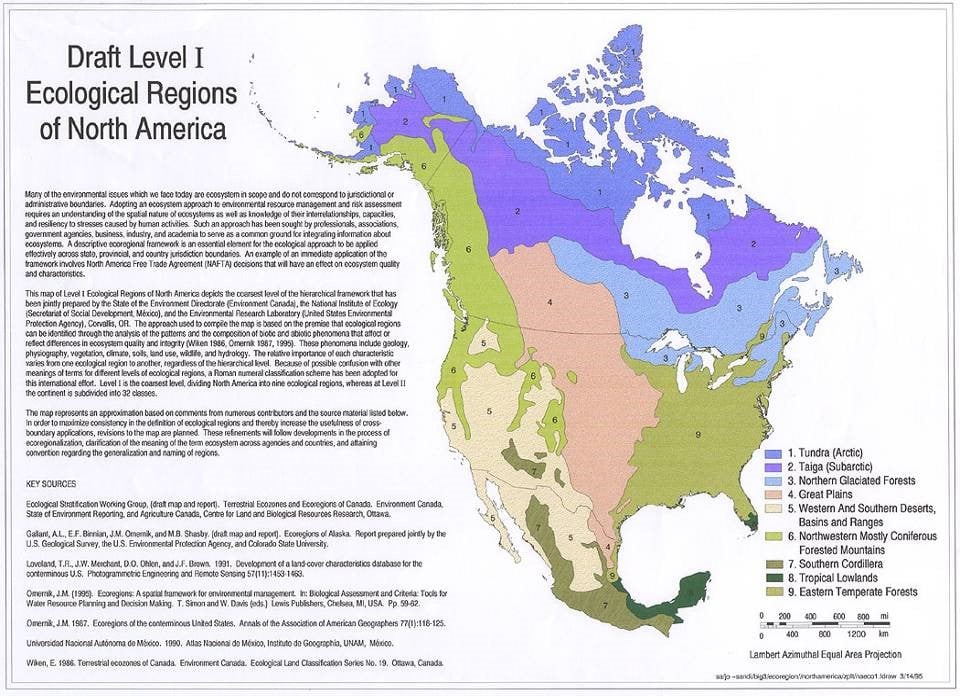
What Climate is This? Part Two – A Garden Futurist Special
Winter 2022 Listen to the Part 2 Podcast here. If you live in the Pacific region, you know that seasons in your garden look different
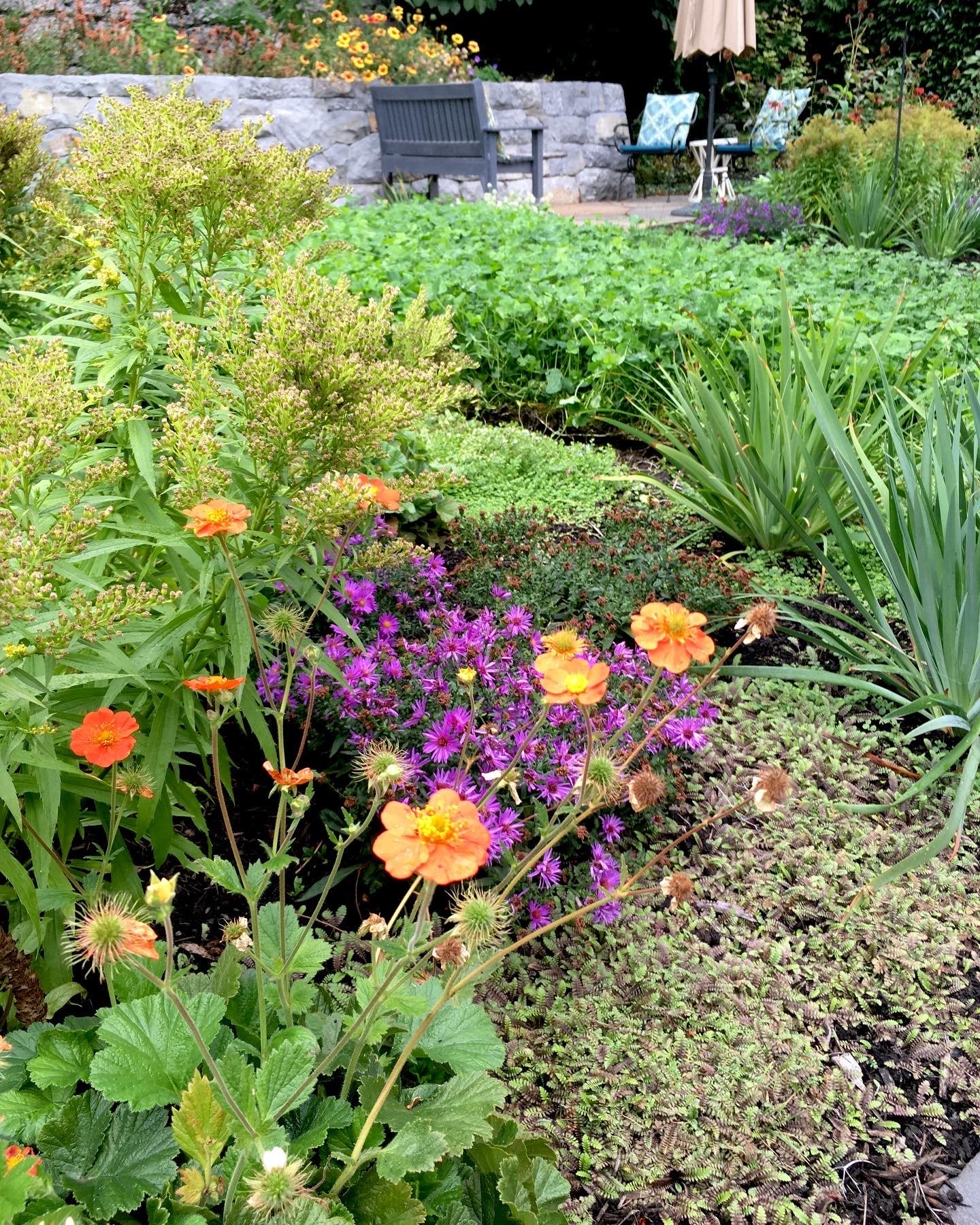
Nature Therapy from the Contemplative Garden
Winter 2022 Women’s hushed morning voices mingled with crashing waves and chattering crows. “The kettle’s still hot.” “Can you pass the honey?” Whoosh, crash, caw,












Responses